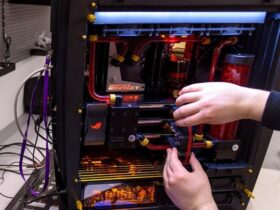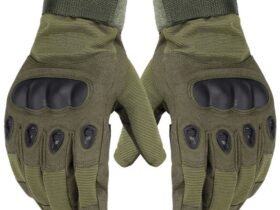Hammer, as a kind of construction tool
In the process of carrying out construction work very often have to drill. In such cases, it is necessary to use a perforator, since other tools make such an operation almost impossible.
At present, the construction tools market presents a very wide range of such products, so in order to select a tool that is most suitable for solving certain tasks, you should take into account some features of perforators.
Before you buy a perforator, you should take into account that such a tool is divided into three classes: heavy, medium and light. Light perforators include perforators, the weight of which does not exceed 3 kilograms, medium – up to 5 kilograms. Heavy perforators are usually called demolition hammers, and they weigh more than 5 kilograms.
Light class perforators are designed for drilling small diameter holes in concrete. Medium-class tool can be freely used to work with reinforced structures. Heavy hammers are usually used as a simplified version of the usual hammer.
In those cases where you need a blow without rotation, the weight of the hammer does not play a big role. At the same time, for drilling, for example, reinforced concrete with a “grid” will need a punch, at least the middle class.
As can be seen, perforators are designed to work with hard materials. The most “dangerous” materials are considered to be such materials as concrete and brick. Concrete dust, while working, got into the hammer, can completely disable the tool.
Therefore, in order to avoid unpleasant situations, you should not neglect the lubrication of the hammer, especially since such a procedure is quite simple. Repair of such a tool, in case of its failure, can be very expensive, because it must be carried out in the conditions of a specialized service center.
In the process of using the tool, you should periodically pause during work. This will avoid overheating the tool. Also, to increase the life of the perforator, you should take into account that the body made of plastic gives off heat much slower than metal, so at low speeds the tool is no less warm than at high speeds.










Hello!! My name is Jeanine
I love to eat, travel, and eat some more! I am married to the man of my dreams and have a beautiful little girl whose smiles can brighten anyone’s day!